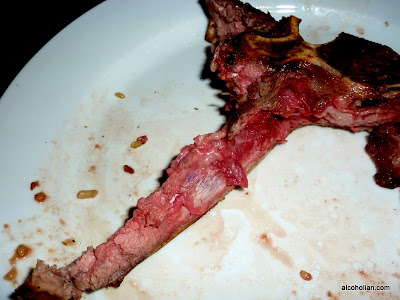| Online: | |
| Visits: | |
| Stories: |

| Story Views | |
| Now: | |
| Last Hour: | |
| Last 24 Hours: | |
| Total: | |
College Professor Is Close To Proving Bigfoot Exists
Folks. What did I tell you? With enough resource poured into research, someone’s bound to find something. The biggest evidence are bones — not the bones of the actual creature, but what the creatures left behind. Mitchel Townsend, a Winlock resident and teacher at Centralia College in Washington said he stumbled upon a stack of bones near near Ryan Lake. What’s unusual was that there were huge human-like teeth imprints in the bones! No animal in the area is known to do this. The professor explains:
“I got to looking at the bones and they had been gnawed on by what looked to me to be giant human teeth,” he said.
After two of his students from Lower Columbia College found two more stacks of bones on the south side of Mount St. Helens, he said it became clear the “kill sites” were similar in a variety of ways. The bone stacking technique is specific to a humanoid and was cited as human behavior, he said.
Again, human-like teeth imprints were notched into the bones.
No predator impressions or tool marks were found on the remains, and after consulting with the Department of Fish and Wildlife, Townsend said, all natural predators in the area were ruled out.
According to the profession, more information will be published in a research paper, and he challenges the scientific community to discredit his information. After four years of research, he believes he’s close to proving it scientifically:
here
, or you can check out the full story on YakimaHerald here.




